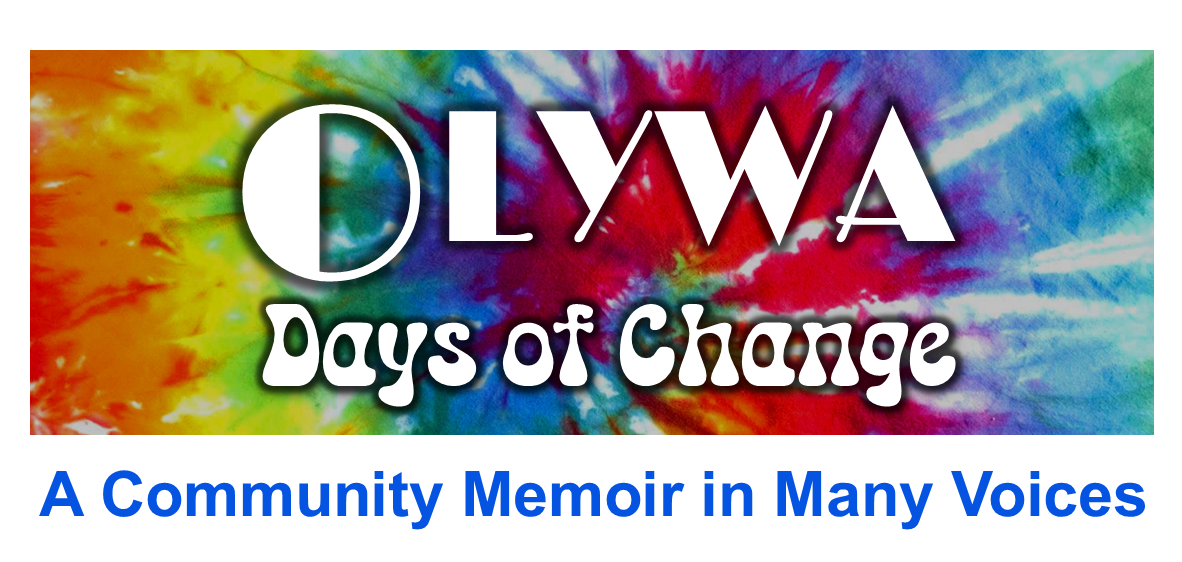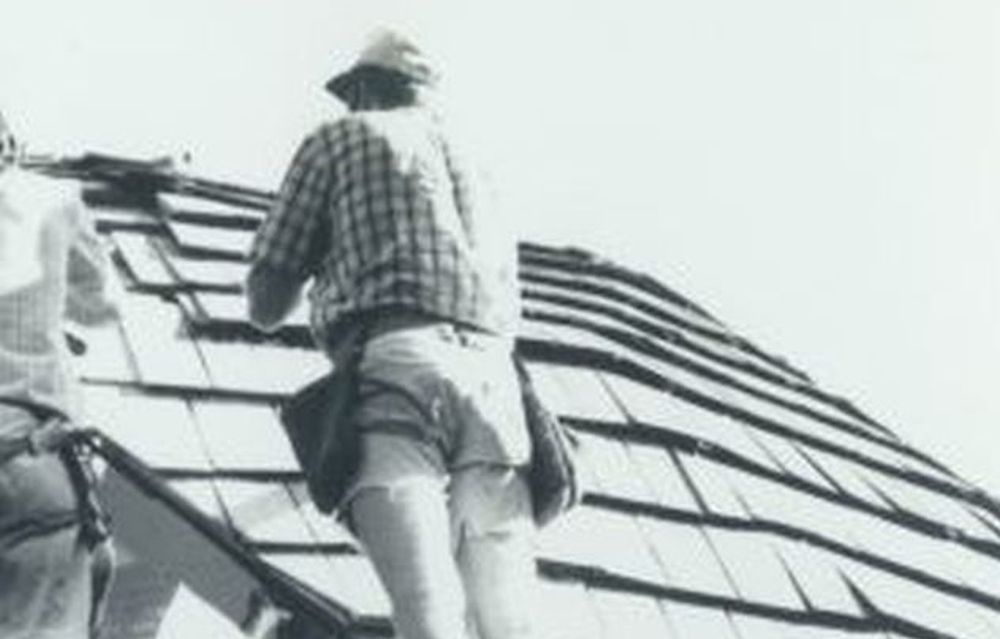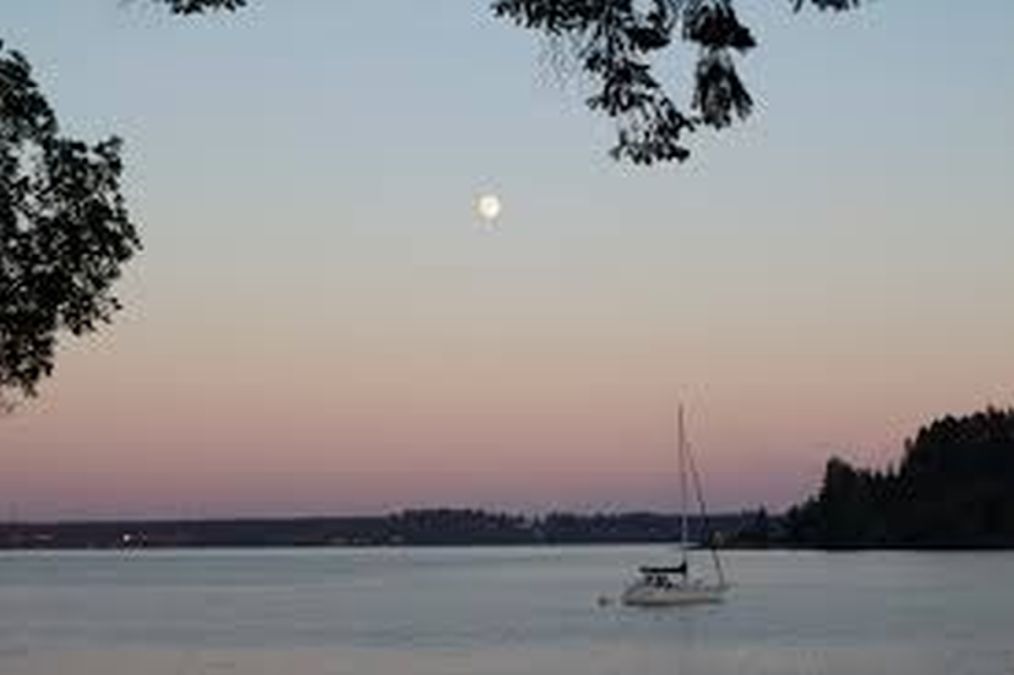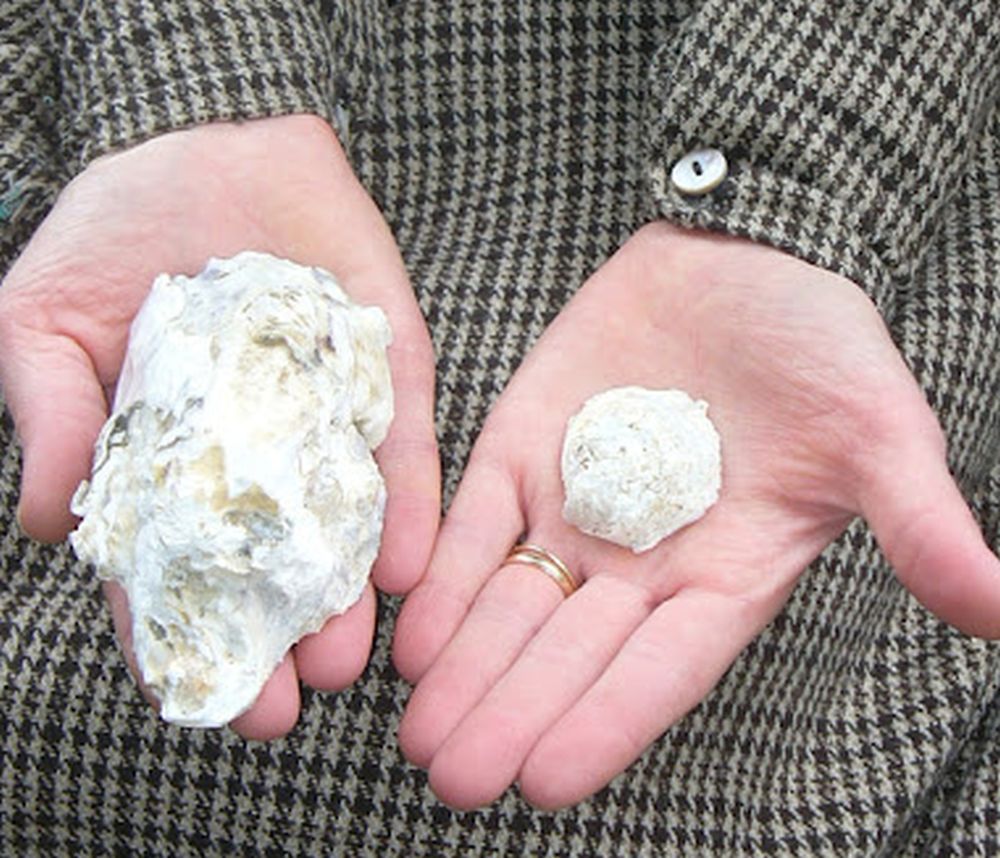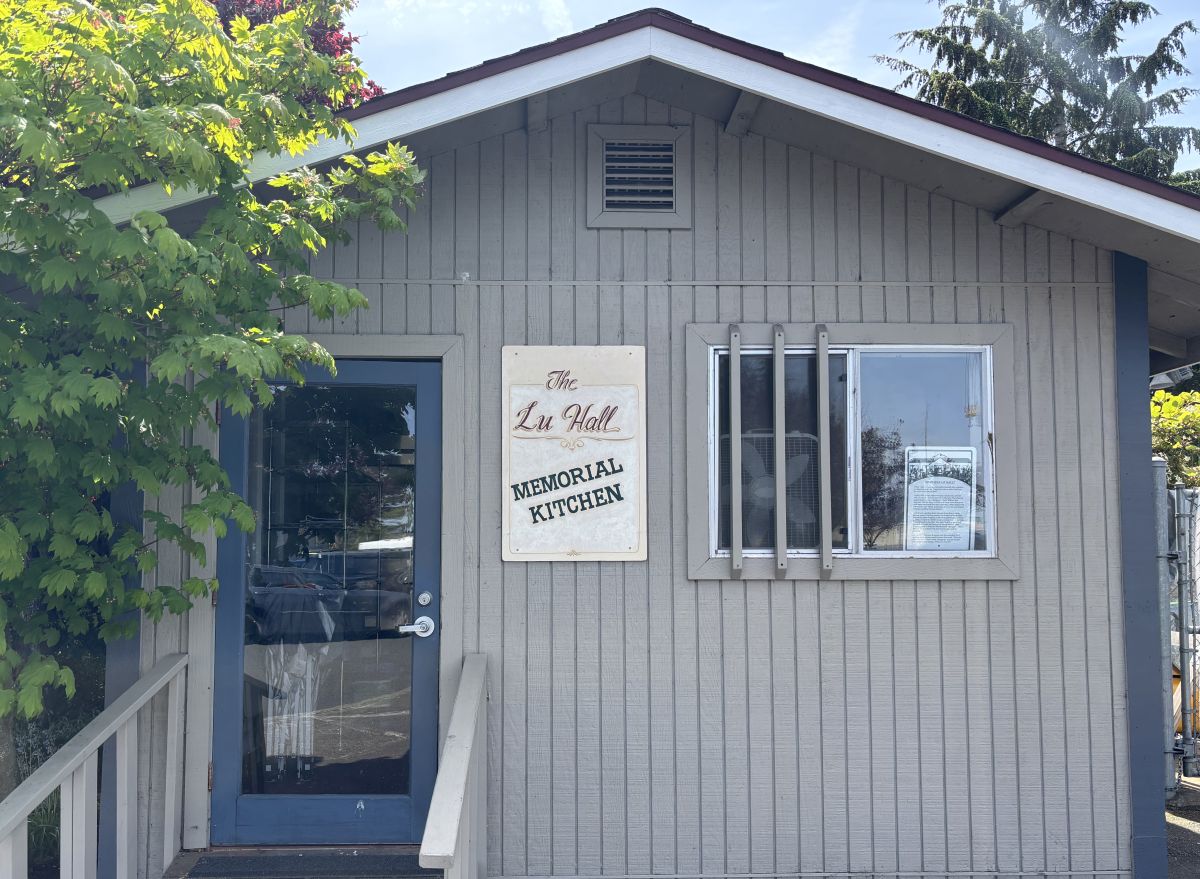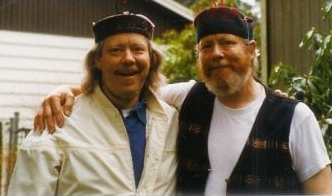Making Music and Friends in Olympia: Carol Elwood – By Jean Eberhardt
I played violin from fourth grade on. I played briefly with the chamber orchestra at The Evergreen State College when I was a student there. I had a lot of friends in the early ’70s who were in the Evergreen academic program called American Music. Tom Foote was one of the profs. My friend Karen England was taking fiddle lessons from an old-time fiddler in Tenino and she practiced so diligently, more than I ever had. I’d never played anything by ear before but I tried a tune and just wow! It surprised me that it went well.
